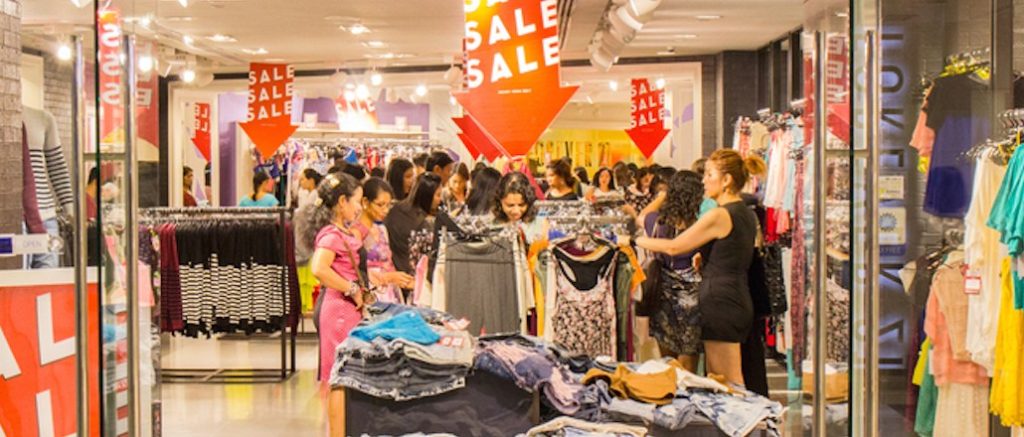Fast fashion usually refers to mass-produced cheap clothing, made to last a limited number of wears before being disposed of. It usually applies to “trendy” clothing that is made to keep up with the quickly changing trends in fashion.
An item can go from being fashionable to unwearable within a matter of days. So how can brands keep up with this ever-changing demand for various clothing items, while still keeping their prices relatively low to explain their poor quality? Two words. Fast fashion.
The fashion industry produces over 80 billion garments annually, a 400 percent increase compared to its production 20 years ago.
And the average garment is worn only 10 times before it meets its demise.
Where do these items go after you dispose of them, after they collapse within a few wears, and after they are no longer “in fashion?”
Clothes can take up to 200 years to decompose, polluting the planet one garment at a time.
But even if that wasn’t the case, fast fashion is still a huge burden on the planet. From water waste and an increased carbon footprint, to human rights violations.
If the demand for fast fashion continues to rise, the total carbon footprint of clothing could end up reaching 26 percent by 2050.
And seeing how quickly fast fashion brands produce their products, it is not surprising to learn that those who produce fast fashion pieces have to suffer through long working hours, low pay, and unsafe working conditions.
In order to keep their prices low, fast fashion brands have to sacrifice not only their quality, but also in how they treat their workers and the work conditions they put them through.
One of the most prominent cases that shined a light on the inhumane work conditions fast fashion workers go through, was the 2013 incident of the Rana Plaza building collapse in Dhaka, Bangladesh, which housed five garment factories.
The incident killed at least 1,132 people and injured more than 2,500.
You walk into one of Egypt’s many malls, and your favorite shop is having a mega sale. So you walk in with the intent of just looking around and before you know it, you have over 10 garments in your basket because the single garment averages EGP 150.
And, although it may seem like you just stumbled upon gold, you actually partook in the endless cycle of fast fashion. But you don’t have much of a choice. Your budget doesn’t allow you to splurge on sustainable brands, so what can you do?
You could try shopping second hand, find locally made brands with reasonable prices, and view expensive sustainable pieces as an investment.
Sure, paying over EGP 1,000 for a basic garment may seem unreasonable, but it will be a high-quality item made to last you a lifetime. You are paying for the craftsmanship and the design. You are paying to support a local business, instead of feeding a greedy CEO, and you’re acquiring a beautiful piece that you can wear guilt-free.



